7 Powerful Strategies for Better Digestion and Glowing Skin
How to Improve Gut Health is more than a wellness trend it’s a science-backed approach to enhancing your overall well-being. Gut health plays a pivotal role in digestion, immunity, energy levels, mental clarity, and even skin appearance. An imbalanced gut microbiome can lead to bloating, fatigue, inflammation, and skin conditions like acne and rosacea. With growing awareness of the gut-skin axis and the role of microbiota, many are turning to natural solutions to restore balance. In this article, you’ll discover seven proven strategies to improve gut health naturally and achieve glowing skin from the inside out.
1. Prioritize Probiotic-Rich Foods
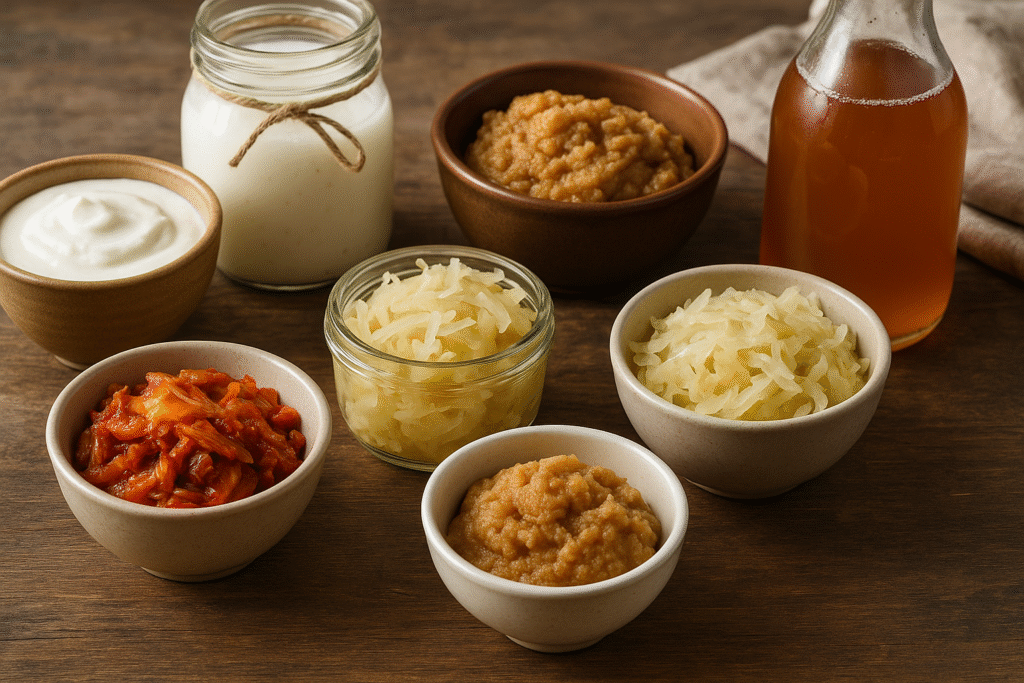
The foundation of gut health lies in your microbiome — a dynamic ecosystem of trillions of microorganisms living in your gastrointestinal tract. Among them, probiotics (beneficial bacteria) play a vital role in digestion, immune modulation, and even mood regulation through the gut-brain axis.
A disrupted microbiome, often caused by poor diet, antibiotics, or stress, can lead to dysbiosis, a state where harmful bacteria outnumber the good. This imbalance contributes to bloating, constipation, brain fog, skin issues like acne and rosacea, and even weight gain.
To help restore balance, incorporating probiotic-rich foods into your diet is crucial. These foods naturally introduce live bacteria into the digestive tract, supporting microbial diversity and function. According to a 2020 systematic review in Nutrients, probiotics can reduce inflammation, improve intestinal barrier function, and enhance skin clarity by modulating immune responses.
🔗 Source: Nutrients Journal – The Role of Probiotics in Gut Health
🌟 Top Natural Probiotic Foods:
- Fermented Vegetables: Kimchi, sauerkraut, and pickles (naturally fermented, not vinegar-based).
- Dairy-Based Ferments: Yogurt with live cultures, kefir (a fermented milk drink).
- Non-Dairy Options: Coconut yogurt, tempeh, natto, and miso.
- Fermented Beverages: Kombucha and water kefir.
Incorporating these regularly can support microbial variety, enhance nutrient absorption, and regulate bowel movements.
📌 Did You Know?
A 2018 study published in Cell Host & Microbe found that individuals who consumed fermented foods daily experienced increased microbial diversity and reduced markers of systemic inflammation — both crucial for a healthy gut-skin axis.
🔗 Read More: Fermented Foods and Microbiome Diversity
🥗 Gut-Healthy Recipe: Fermented Veggie Bowl with Miso Dressing
Ingredients:
- ½ cup kimchi or sauerkraut (unpasteurized)
- ½ cup cooked quinoa
- 1 avocado, sliced
- ½ cup steamed broccoli
- ½ shredded carrot
- 1 tbsp sesame seeds
Miso Dressing:
- 1 tbsp white miso paste
- 1 tbsp rice vinegar
- 1 tsp sesame oil
- 1 tsp honey or maple syrup
- 2 tbsp water
Instructions:
- Arrange the bowl ingredients in layers.
- Mix all dressing ingredients until smooth.
- Drizzle over the bowl and enjoy.
🧠 Why it works: Fermented veggies provide live probiotics, while miso delivers additional fermented goodness. This nutrient-dense meal supports digestion, inflammation control, and skin vibrancy.
2. Prioritize Anti-Inflammatory Foods
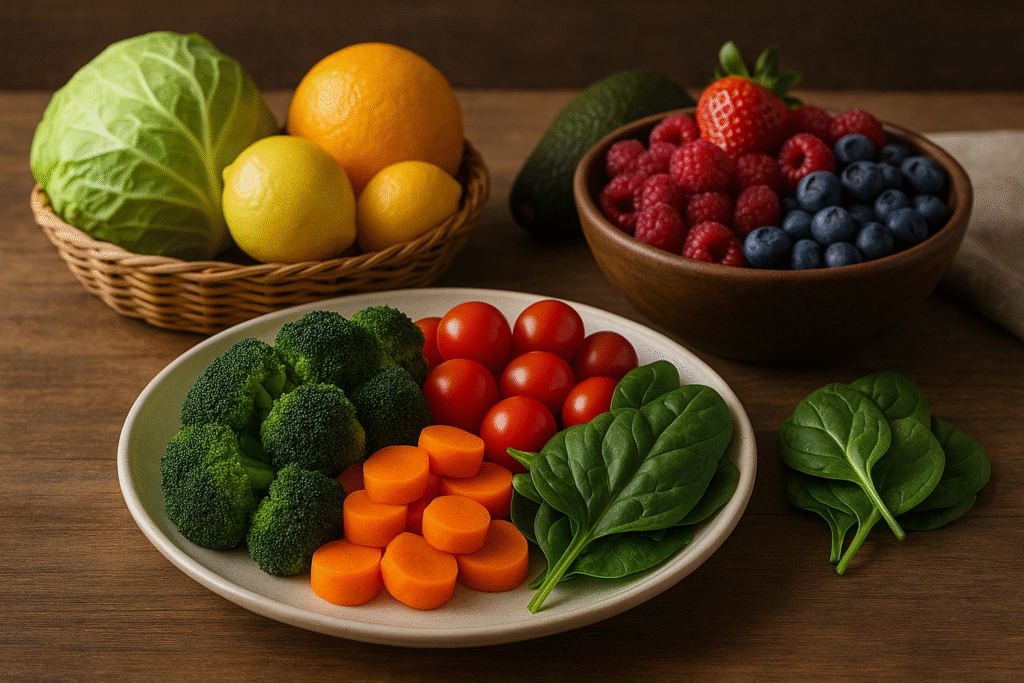
Understanding the Gut-Inflammation Connection
Chronic inflammation is increasingly recognized as a root cause of many digestive disorders, including irritable bowel syndrome (IBS), leaky gut syndrome, and inflammatory bowel disease (IBD). What’s more, systemic inflammation has also been linked to skin conditions like acne, rosacea, and psoriasis, all of which are exacerbated by poor gut health.
One of the most powerful and accessible ways to fight inflammation is through diet. Consuming anti-inflammatory foods helps reduce gut irritation, supports a balanced microbiome, and limits oxidative stress—an underlying contributor to skin aging and digestive dysfunction.
What the Science Says
Research published in the journal Nutrients highlights that dietary patterns rich in polyphenols and omega-3 fatty acids can modulate gut microbiota composition and reduce inflammatory markers like C-reactive protein (CRP) and interleukin-6 (IL-6) [source]. These compounds are found in foods like:
- Fatty fish (salmon, sardines)
- Leafy greens (spinach, kale)
- Berries (blueberries, strawberries)
- Extra virgin olive oil
- Turmeric and ginger
- Fermented foods (like kimchi or miso)
A 2020 study in Frontiers in Nutrition found that subjects who followed an anti-inflammatory Mediterranean-style diet experienced not only improvements in gut microbial diversity, but also clearer skin and enhanced energy levels [source].
Foods to Avoid
Conversely, diets high in refined sugars, trans fats, processed meats, and artificial additives have been shown to promote dysbiosis and intestinal inflammation. These foods fuel harmful gut bacteria, impair gut lining integrity, and increase oxidative stress—leading to premature aging of both the skin and internal systems.
📌 Did You Know? Curcumin, the active compound in turmeric, has been shown to suppress multiple inflammatory pathways and improve symptoms of colitis and other GI disorders [PubMed].
🥗 Gut-Healing Anti-Inflammatory Recipe: Golden Turmeric Smoothie
This vibrant smoothie is packed with anti-inflammatory nutrients and is perfect for breakfast or post-dinner gut support.
Ingredients:
- 1 cup unsweetened almond milk
- ½ cup frozen mango chunks
- 1 banana
- ½ tsp ground turmeric
- ¼ tsp ground ginger
- 1 tbsp chia seeds
- 1 tbsp flaxseeds
- Pinch of black pepper (enhances turmeric absorption)
- Optional: 1 scoop collagen peptides
Instructions:
- Blend all ingredients until smooth.
- Pour into a glass and enjoy immediately.
✅ Expert Tip: Add a probiotic capsule (contents only) to your smoothie to boost gut-friendly bacteria intake naturally.
3. Manage Stress and Sleep for Microbiome Balance
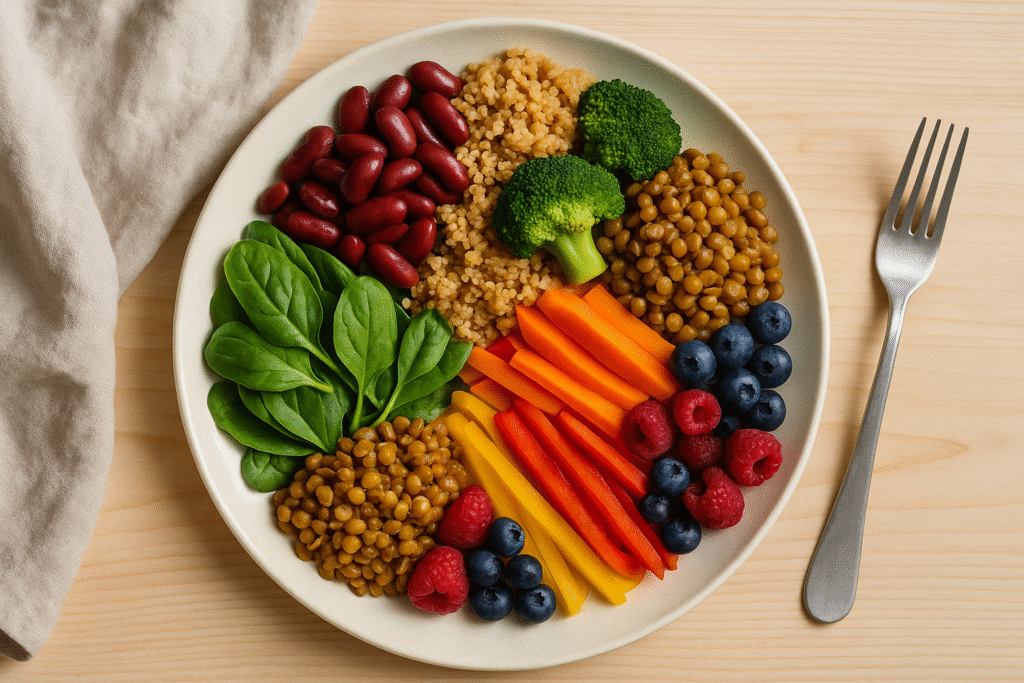
The Gut-Brain-Skin Axis: Why Your Mood Affects Your Microbiome
Modern science has uncovered a powerful triad known as the gut-brain-skin axis—a biological network where psychological stress directly impacts gut function, which in turn influences inflammation, immunity, and skin health.
When you’re under chronic stress, your body releases excess cortisol and adrenaline. These stress hormones can negatively impact the gut microbiome by:
- Reducing microbial diversity
- Weakening the gut lining (leading to leaky gut)
- Increasing the growth of pathogenic bacteria
- Disrupting nutrient absorption
All of these outcomes can contribute to digestive issues like bloating, gas, and irregularity, as well as skin flare-ups like eczema, acne, and premature aging.
What the Research Reveals
A 2019 study published in Psychosomatic Medicine confirmed that psychological stress alters the gut microbiota and promotes intestinal permeability, or “leaky gut” [source].
Meanwhile, researchers at UCLA discovered that poor sleep quality correlates with microbial imbalance and an increase in inflammatory gut species—this disruption can directly affect immune response and skin condition [source].
Sleep: A Forgotten Pillar of Gut Health
Sleep is the most natural form of detoxification and repair. During deep sleep, the gut lining regenerates, inflammation decreases, and the parasympathetic nervous system becomes dominant—allowing optimal digestion and microbiota activity. Adults should aim for 7–9 hours of quality sleep per night, ideally in a cool, dark room with no blue light exposure before bedtime.
💡 Quick Tip: Mindfulness practices like meditation, deep breathing, journaling, and nature walks can reduce cortisol levels and directly benefit both gut health and skin appearance.
🫖 Gut-Supportive Bedtime Recipe: Lemon Balm Chamomile Tea
This calming tea blend harnesses herbs known for both anti-inflammatory and stress-reducing properties, supporting the gut-brain connection and promoting deep sleep.
Ingredients:
- 1 tsp dried lemon balm leaves
- 1 tsp dried chamomile flowers
- 1 thin slice fresh ginger
- 1 cup hot (not boiling) water
- Optional: 1 tsp raw honey (for taste and prebiotic benefits)
Instructions:
- Combine all ingredients in a tea infuser or teapot.
- Let steep for 5–7 minutes.
- Strain and enjoy 30–60 minutes before bed.
✅ Expert Tip: Lemon balm is clinically shown to reduce anxiety and gastrointestinal discomfort—ideal for evening digestion support and mood balance [PubMed].
4. Increase Fiber and Prebiotic-Rich Foods
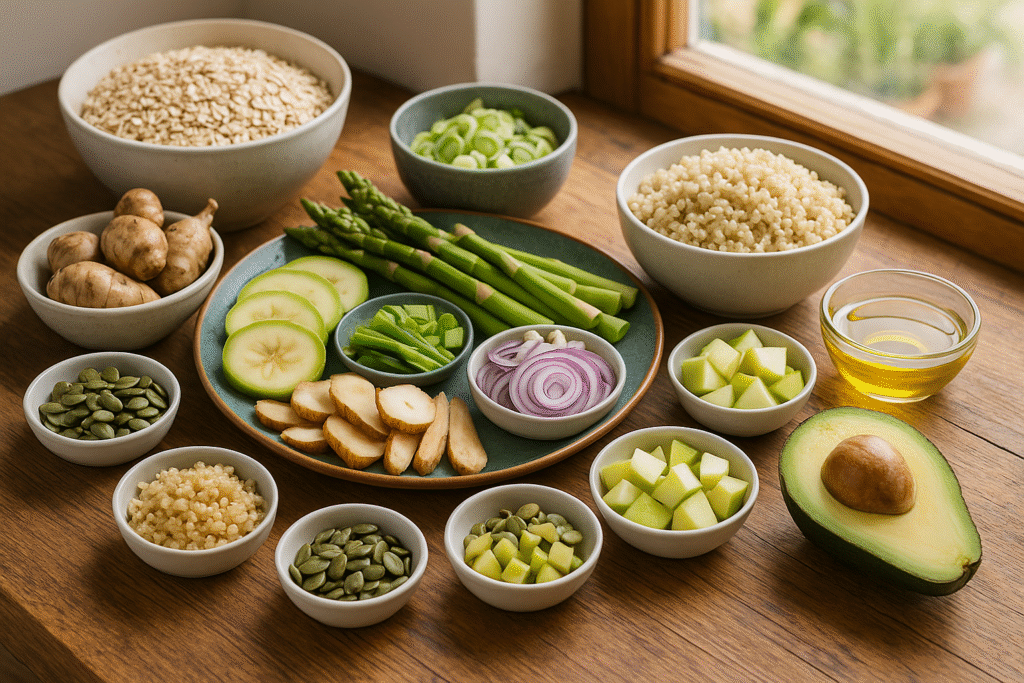
Why Fiber Is Essential for Gut Health
Fiber isn’t just for regular bowel movements—it’s the main food source for your gut microbes. Specifically, prebiotic fibers act as fuel for beneficial bacteria, helping them flourish and outcompete harmful microbes. This creates a healthier microbiome that supports immune function, hormonal balance, and even mood regulation.
There are two key types of fiber to prioritize:
- Soluble Fiber: Fermented by gut bacteria into short-chain fatty acids (SCFAs) like butyrate, which lower inflammation and nourish intestinal cells.
- Insoluble Fiber: Helps add bulk to stool and promotes healthy elimination.
Without enough fiber, beneficial bacteria starve, and the gut ecosystem becomes imbalanced—a condition known as dysbiosis.
Science-Backed Benefits of Prebiotics
Prebiotics are found in specific plant-based foods that feed probiotics (the beneficial microbes). When consumed consistently, they help:
- ✅ Improve stool consistency and frequency
- ✅ Boost the population of Lactobacillus and Bifidobacterium strains
- ✅ Reduce systemic inflammation and support the immune system
- ✅ Improve skin barrier function and hydration
🔬 Scientific Evidence:
A 2020 systematic review published in Nutrients concluded that prebiotic supplementation significantly improves microbial diversity and reduces gut-derived endotoxins, which are directly linked to inflammatory skin conditions and poor digestion.
👉 Read the full study here
Best Prebiotic Foods for Daily Gut Support
Here’s a breakdown of some of the most effective prebiotic-rich foods and what they provide:
| Food | Prebiotic Compound | Benefit |
|---|---|---|
| Chicory root | Inulin | Promotes bifidobacteria growth |
| Jerusalem artichoke | Inulin | Enhances gut lining integrity |
| Green bananas | Resistant starch | Feeds good bacteria, improves transit |
| Leeks & onions | Fructooligosaccharides (FOS) | Supports immune signaling |
| Asparagus | Inulin + polyphenols | Anti-inflammatory, prebiotic combo |
| Oats | Beta-glucan | Promotes satiety and gut repair |
✅ Quick Tip: Rotate your sources of prebiotics to avoid microbial adaptation and maintain diversity in your gut ecosystem.
🥗 Prebiotic-Rich Recipe: Gut-Loving Superfood Salad
This crunchy and colorful salad combines a variety of fiber types to nourish your gut flora and improve digestion.
Ingredients:
- 1/2 cup cooked and cooled quinoa (resistant starch)
- 1/2 cup steamed asparagus, chopped
- 1/4 cup thinly sliced red onion
- 1/4 cup diced green apple
- 1/2 avocado (fiber + healthy fats)
- 2 tbsp pumpkin seeds (zinc and prebiotics)
- 2 tbsp chopped parsley
Dressing:
1 tbsp extra virgin olive oil + 1 tbsp lemon juice + pinch of sea salt
Instructions:
- Combine all ingredients in a large bowl.
- Toss with dressing and let sit for 10 minutes to allow flavors to meld.
- Serve fresh and enjoy the fiber-rich power!
💡 Did You Know? Cooling cooked starches like quinoa or potatoes increases their resistant starch content, giving even more fuel to your gut bacteria.a.
5. Limit Processed Foods and Sugar
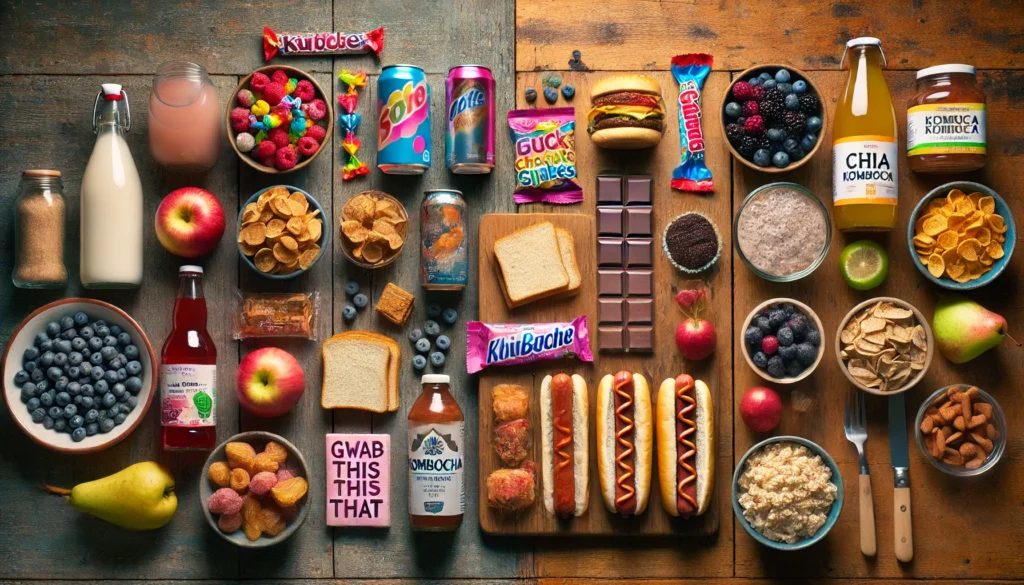
The Hidden Damage of Processed Foods on Gut Health
Modern diets high in ultra-processed foods and added sugars are strongly associated with gut dysbiosis—an imbalance of the microbiome that contributes to inflammation, metabolic issues, and skin problems.
Heavily processed foods often contain:
- Refined sugars (e.g., high-fructose corn syrup)
- Artificial sweeteners (e.g., sucralose, aspartame)
- Emulsifiers and additives (e.g., polysorbate 80, carrageenan)
- Low dietary fiber
📉 These ingredients reduce microbial diversity, increase intestinal permeability (leaky gut), and promote the overgrowth of pathogenic bacteria and yeasts, such as Candida albicans.
Sugar and the Gut-Skin Axis
High sugar intake causes blood sugar spikes, which fuel glycation—a process that damages collagen and accelerates skin aging. But it also:
- Promotes growth of inflammation-inducing microbes
- Increases sebum production and acne risk
- Feeds fungal overgrowth in the gut and skin
🔬 Clinical Insight: A 2019 study published in Cell Metabolism showed that diets high in sugar and fat caused rapid reductions in gut microbial diversity and impairments in the production of short-chain fatty acids (SCFAs), crucial for regulating inflammation and immune function.
👉 Read the full study here
Smart Strategies to Reduce Processed Food Intake
Instead of going cold turkey, transition strategically:
- ✅ Replace sodas with infused water or kombucha
- ✅ Swap sweet snacks for fiber-rich fruits (e.g., berries, apples)
- ✅ Replace white bread and pasta with whole grain or legume-based versions
- ✅ Cook at home more often using whole ingredients
- ✅ Use natural sweeteners like monk fruit or stevia in moderation
🧠 Expert Summary: Processed foods aren’t just nutrient-poor—they’re microbiome-disruptors. Reducing them supports both digestion and clear, glowing skin.
🍫 Gut-Friendly Treat: Dark Chocolate Chia Pudding
Even if you’re reducing sugar, that doesn’t mean you need to skip dessert! This recipe is naturally sweetened, rich in polyphenols, and supports the growth of beneficial gut bacteria.
Ingredients:
- 2 tbsp chia seeds
- 1/2 cup unsweetened almond milk
- 1 tsp raw cacao powder (polyphenols!)
- 1/2 tsp cinnamon (blood sugar stabilizer)
- 1/2 tsp vanilla extract
- 1 tsp maple syrup or stevia to taste
- Optional toppings: fresh berries, crushed walnuts
Instructions:
- Mix all ingredients in a glass jar or bowl.
- Stir well, let sit for 5 minutes, then stir again to prevent clumps.
- Cover and refrigerate for at least 2 hours or overnight.
- Top with berries or nuts before serving.
💡 Did You Know? Raw cacao is not only antioxidant-rich—it’s a powerful prebiotic, supporting Lactobacillus and Bifidobacterium growth in the gut.
6. Prioritize Stress Management and Sleep Hygiene

The Gut-Brain Axis: How Stress Affects Your Microbiome
One of the most overlooked contributors to gut dysfunction is chronic stress. Stress doesn’t just live in your mind — it directly affects your digestive system via the gut-brain axis, a complex communication network between your central nervous system and enteric nervous system (aka the “second brain” in your gut).
When you’re under stress, your body increases the production of cortisol and reduces blood flow to your digestive organs. This suppresses the growth of beneficial bacteria, disrupts digestion, and contributes to symptoms like bloating, constipation, and gut permeability (aka “leaky gut”).
📌 Did You Know? A 2017 review published in Frontiers in Psychiatry showed that psychological stress can significantly alter gut microbiota composition and diversity, often decreasing beneficial strains like Lactobacillus and Bifidobacterium while increasing potentially harmful ones.
👉 Read the study here
How Sleep Influences Gut Health
Just like stress, poor sleep hygiene — including irregular sleep patterns, blue light exposure before bed, and insufficient sleep — can negatively impact gut microbiota.
According to a 2020 study in PLoS ONE, people with sleep fragmentation had significantly reduced microbial diversity and higher levels of gut inflammation. Quality sleep helps regulate circadian rhythms in both the brain and gut, supporting digestion, microbial balance, and even metabolism.
👉 Study link: PLoS ONE, 2020
Proven Techniques for Managing Stress and Improving Sleep
- Mindfulness meditation: Reduces cortisol levels and improves gut barrier integrity.
- Breathwork (e.g., box breathing): Activates the parasympathetic nervous system and supports digestion.
- Regular physical activity: Increases endorphins and improves microbial diversity.
- Sleep routine: Aim for 7–9 hours of sleep, limit screen time at night, and keep your bedroom cool and dark.
- Ashwagandha or lemon balm: Herbal adaptogens shown to reduce cortisol and support mood.
✅ Expert Summary: Stress and sleep are often the missing pieces in gut healing protocols. Prioritizing them can make other interventions (like probiotics and diet changes) far more effective.
🥣 Recipe for Gut and Mind Harmony: Bedtime Banana Almond Smoothie
This calming, gut-nourishing smoothie contains natural prebiotics, magnesium, and tryptophan to help you wind down and support your microbiome while you sleep.
Ingredients:
- 1 ripe banana (prebiotic fiber + tryptophan)
- 1 tbsp almond butter (magnesium)
- 1/2 cup unsweetened almond milk
- 1/2 tsp cinnamon (anti-inflammatory)
- 1 tsp raw honey (optional, supports serotonin production)
- 1/4 tsp nutmeg (natural sleep aid)
Instructions:
- Blend all ingredients until smooth.
- Drink 30–60 minutes before bedtime for best results.
💤 Pro Tip: Adding a drop of vanilla extract or a pinch of reishi mushroom powder can enhance relaxation effects.
7. Optimize the Gut-Brain-Skin Axis Through Nervous System Regulation

Understanding the Gut-Brain-Skin Axis
The gut-brain-skin axis is a triad of communication involving the central nervous system (CNS), intestinal microbiota, and skin cells. Originally hypothesized as early as 1930, this axis has gained renewed scientific attention in recent years. It’s now clear that stress, emotional states, and nervous system activity can directly influence both gut microbiota and skin conditions such as acne, eczema, psoriasis, and premature aging.
When your autonomic nervous system is imbalanced — particularly with dominance of the sympathetic “fight-or-flight” mode — this can result in:
- Increased intestinal permeability
- Overgrowth of pathogenic bacteria
- Inflammatory cytokine production
- Impaired collagen production and skin repair
The key is stimulating the parasympathetic nervous system, known as the “rest-and-digest” mode, which promotes digestive secretions, microbiome harmony, and skin renewal.
Backed by Science
📖 A 2021 study published in Nature Microbiology found that vagal nerve stimulation (VNS) — either through electrical or breathing-based methods — led to measurable increases in anti-inflammatory gut bacteria, such as Faecalibacterium and Akkermansia, within just two weeks source.
📖 Another 2018 review in Frontiers in Psychiatry revealed that meditative breathing and cold exposure helped reduce systemic inflammation and improve gut microbiota composition by activating the vagus nerve source.
How to Support Nervous System Balance for Gut and Skin
- Box breathing (4-4-4-4 technique): Stimulates the vagus nerve and lowers cortisol
- Cold face immersion or contrast showers: Activates parasympathetic tone
- Daily nature walks or grounding (barefoot contact with earth): Reduces inflammation markers
- Social connection and laughter: Proven to enhance microbial diversity
- Singing, humming, or gargling: Mechanical vagal stimulation methods
✅ Expert Insight: Nervous system regulation isn’t just for mood — it’s essential for gut healing and skin vitality. By activating your “rest and digest” mode, you’re literally turning on your body’s gut-skin communication system.
🍵 Nervous System Reset Tea: Vagus Activation Herbal Blend
This calming tea blend combines herbs that support parasympathetic activation, digestion, and skin clarity.
Ingredients:
- 1 tsp dried lemon balm (anxiolytic and gut-soothing)
- 1/2 tsp dried chamomile (anti-inflammatory)
- 1/2 tsp tulsi (holy basil — adaptogenic)
- 1/2 tsp fennel seeds (digestive support)
- 1/4 tsp ground ginger (prebiotic and warming)
Instructions:
- Combine all herbs in a tea infuser or French press.
- Add 1.5 cups of hot water and steep for 7–10 minutes.
- Sip mindfully in the evening or during stressful moments.
💡 Did You Know? The vagus nerve connects your gut and skin via anti-inflammatory signaling pathways — when you’re calm, your skin literally glows.
🧾 Conclusion: Your Gut, Your Glow – Start Today
Improving your gut health isn’t just a diet trend — it’s one of the most impactful changes you can make for your overall well-being. From better digestion and stronger immunity to radiant skin and balanced mood, your microbiome holds the key.
By integrating these 7 proven strategies — from fermented foods and prebiotic fiber to better stress regulation and nervous system balance — you’re giving your body the tools it needs to heal, thrive, and glow from the inside out.
And remember, healing doesn’t happen overnight. The gut is a dynamic ecosystem — it responds to consistency, patience, and the small daily choices you make.
🔍 Looking for a science-backed way to support your microbiome?
If you’re curious about how specific probiotic blends can help restore microbial balance and target skin and digestive health, we recently explored one that’s been making waves in the wellness space.
👉 Discover the full review of PrimeBiome here — a next-generation synbiotic formula backed by research, designed to nourish both your gut and your glow.

💡 Did You Know? The right probiotic strains can help reinforce the strategies you’re already using — but not all supplements are created equal. Knowing what works (and why) is key.
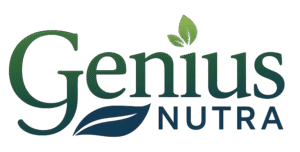


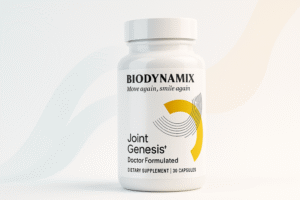








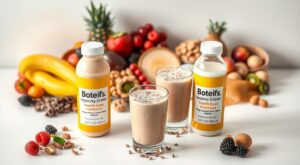
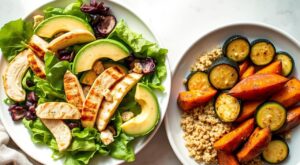

One Response